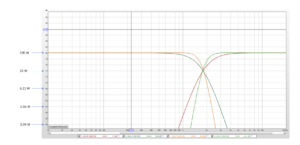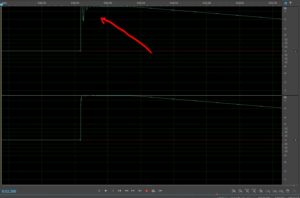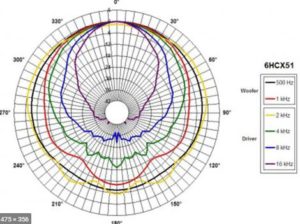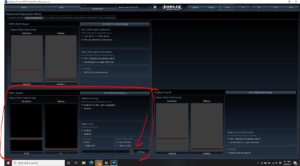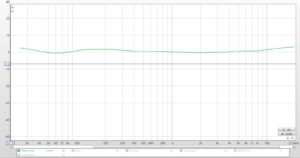I keep getting accused of suggesting a process for tuning a car that doesn’t include listening to the car and making any additional adjustments.
This is ridiculous.
How do I know?
1. I wrote the document.
2. It’s a stereo system.
How could one possibly verify the suitability of the final product without listening?
3. THE KIT INCLUDES A CD WITH TRACKS DESIGNED FOR LISTENING.
So, all i can conclude from those suggestions is:
1. They didn’t read the process.
2. They don’t have the kit and haven’t bothered to see what’s in it.
3. The people who say this are silly liars with some other agenda or they don’t know what they’re doing.I suggest listening at the end instead of attempting to verify the steps along the way using ears.
The reason I suggest this is because both level and phase (time) contribute to image placement. Very small differences in level between channels is really difficult to hear and even more difficult if the frequency response doesn’t match and the delays haven’t been set. Listening for a clear center image after setting delays but before matching the channels is an invitation to make erroneous adjustments. So, all of this listening along the way is really an opportunity to derail the process.
If we know that three conditions must be met for the performance to be correct, then we should meet those three conditions and then listen. Those three are:Left and right level have to match. Left and right frequency response has to match. The sound from the left and right speakers has to arrive in phase (since we use delays for a one seat car, then this means “at the same time–or pretty close”).So, I suggest doing all of that shit and then listening. If it isn’t right, then FIND OUT WHAT ISN’T RIGHT before implementing a fix. If it isn’t right, check the levels and the frequency response because the tape measure works.
Let’s say you were making coq au vin. Of course, one of the first steps is to salt and pepper the chicken before cooking it. No chef take a bite out of a raw chicken thigh to see if the salt and pepper is right. Why not? Because that’s gross–raw chicken is nasty. It’s also full of all kinds of bacteria. That’s why we cook it. Follow the recipe. Taste when there’s something to taste. Now, there are lots of different recipes for coq au vin. There are also lots of different methods for meeting the three criteria for good sound. If they all work, they all work. Some take a long time and some take less time. No one wants to wait a week for your coq au vin.


